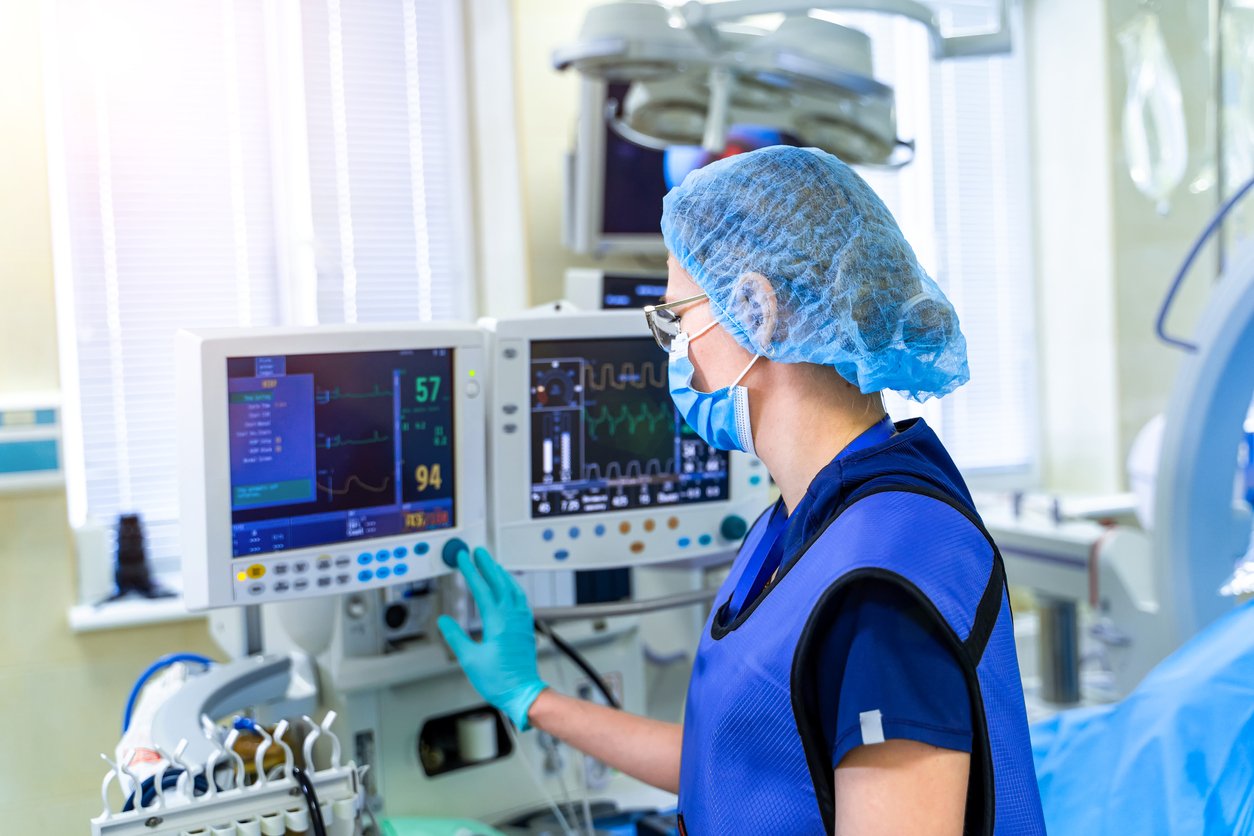As you purchase and plan equipment for your facilities, you probably visualize when, where and how various devices are most used. When it comes to patient intake, chances are good the first step in the process is fairly constant: taking vital signs. These important indicators are critical to properly triaging, diagnosing and treating each unique patient according to his or her specific need.
So how can you plan for, procure, and implement the right vital signs device for each facility, floor, or even exam room?
Here are three tips.
-
Standardize, standardize, standardize.
It’s an all-too-common scenario: different departments purchase their own devices, eventually leading to a complex mix of makes and models. Before you know it, you have a support and purchasing nightmare on your hands.
We find our customers do better to standardize on one type of device and customize accessories, modules, etc., based on the care setting.
The benefits are three-fold:
SKU reduction: Save money on excess inventory and acquisition costs.
Ease of support: Reduce training and technical support needs with a consistent user experience.
Consistent patient experience: Achieve congruence across your network with a common look and feel.
-
Tap into the power of EHR connectivity.
Even if you aren’t taking full advantage of vitals connectivity today, it’s a good idea to choose a device that will be ready when you are.
Automating vitals documentation and sending the data directly to the EHR has been shown to reduce documentation time by up to 95%1 and errors by up to 75%2—giving your clinicians time back to spend on direct patient care.
-
Select the right capabilities for the right care setting.
Standardization doesn’t mean one size has to fit all. When you choose a modular device with a variety of optional components/accessories, you can tailor the device to each care setting. For example:
- Choose the parameters that make sense for your patient populations. For instance, your pediatric office might prefer tympanic thermometers over the traditional oral models favored by your internal medicine locations.
- Implement vitals technology to fit the facility workflow. There are options for mobile solutions that can be moved to the patient or integrated vitals and diagnostic systems that can be mounted in each exam room.
- Take patient acuity into account. What are the parameters needed to assess or monitor the patient being treated? Capabilities range from basic spot check vitals through continuous monitoring.
- Assess the demands users will place on the devices throughout the workday, and choose power management options to match your workflows. That way, users will always have access to the tools they need.
When you choose a device that can be tailored to specific needs, you can benefit from standardization and SKU reduction without sacrificing individualized care.
Vital signs devices are just that to your facilities—vital. Carefully consider how these important tools are used in each of your facilities when making a decision and you’ll find you have far fewer headaches on your hands.
And by the way, CME and Welch Allyn are here to help. Welch Allyn vital signs monitors are designed to work across a variety of care settings—including yours. Learn more at www.welchallyn.com.
1, 2 Based on Welch Allyn research at St. Joseph’s Hospital, Syracuse, New York, as presented at the 2008 Nursing Management Congress
About CME: CME Corp is the nation’s premier source for healthcare equipment, turnkey logistics, and biomedical services, representing 2 million+ products from more than 2,000 manufacturers.
With two corporate offices and 35+ service centers, our mission is to help healthcare facilities nationwide reduce the cost of the equipment they purchase, make their equipment specification, delivery, installation, and maintenance processes more efficient, and help them seamlessly launch, renovate and expand on schedule.


